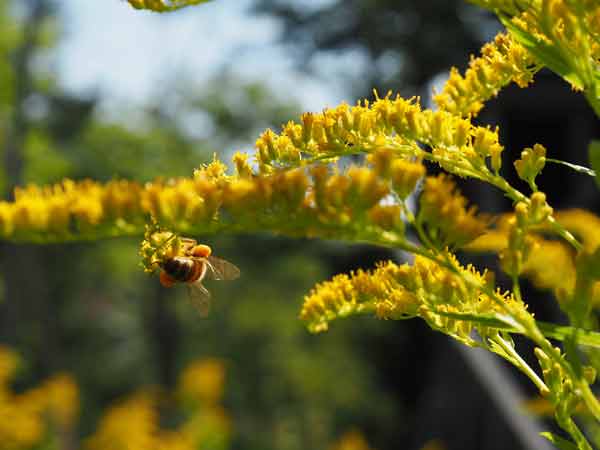If we all make small changes in our lives, together, we can make a significant impact on the health of the planet. Every year on April 22nd, Earth Day serves as a reminder that we can all play a role in environmental protection.
The first Earth Day dates back to 1970, and today, more than 192 countries and a billion people celebrate it. There are many environmental issues that deserve attention, but each year, The Earth Day Network sheds light on one critical problem.
This year, it’s about protecting our species.
Rapid Rates Of Extinction
The world is facing the highest rate of extinction since dinosaurs disappeared 60 million years ago. We had nothing to do with the dinosaurs, but the species that are going extinct today are all on us.
Climate change, deforestation, industrialization, conventional agricultural practices, pollution, poaching, and so much more are wreaking havoc on our animal planet.
According to a study published in Environmental Health Perspectives, between one and five species have typically gone extinct annually. Today, scientists say we are now losing species at up to 10,000 times that rate, with multiple extinctions every day.
That’s a tough pill to swallow.
So many plants and animals need our help, including bees, coral reefs, giraffes, elephants, whales, and more. We got them into this mess; now we have to help them get out of it.
But How?
Experts say the extinction rates can still be slowed, and many endangered species can recover if we take action NOW.
Save The Bees

Around the world, bee populations are on the decline. Over the last ten years, beekeepers in the U.S. and Europe have seen annual hive losses of 30% or higher. The yellow-banded bumble bee thrived in Wisconsin in the 1990s; today it makes up less than 1% of the state’s bee population.
Bees are considered to be a keystone species because many other plants and animals need them to survive. We continue to threaten them with the use of pesticides and other chemicals, loss of habitat, climate change, and more.
Consider helping these beautiful creatures survive by planting your very own pollinator garden; it doesn’t have to be huge. Anything small will do. Stop using chemicals on your property, and build a bee house to give them a place to rest.
You can also take 30 seconds and make it clear to Congress that you want to see the Pollinator Recovery Act passed.
Save The Plants
The Royal Botanic Gardens says there are close to 400,000 species of plants in the world, with another 2,000 discovered every year. We use these plants for food, medicine, and oxygen, and yet, our destructive ways have threatened at least 8,800 of them with extinction.
Humans are wiping many plant species out through urban and agricultural development, climate change, pollution, crop patents, and invasive, or non-native species, introduced to a particular environment.
Helping them survive is easy; all we have to do is support a widespread ban on pesticides, which can benefit human health, too. Support native plants by adding them to your gardens; they will also support pollinators and require less water! Finally, when purchasing plant-based products, look for a sustainable certification logo.
Save The Fish
Fishing is big business, and that has led to big problems for fish. There are more than 32,000 different species of fish around the world, and 33% of them are being fished at unsustainable levels. According to the FAO, global fish production hit 171 million tons in 2016, with 88% going to human consumption. The act of overfishing is ruining marine ecosystems.
Beyond overfishing, we continue to threaten fish with the disgusting state of our oceans. Plastic pollution and runoff from waste, fertilizers, and chemicals are destroying marine life. Climate change is warming water temperatures, threatening fish migration, and freshwater fish are losing their homes to dams.
We need fish to keep water ecosystems thriving; they recycle nutrients for organisms in the aquatic food web. There’s also an economic factor; 120 million people around the world depend on fisheries for the income, most of them living in developing countries. We can help fish survive by putting an end to plastic pollution (here’s a toolkit to help you do that), by properly disposing of garbage and recyclables, and by just switching to reusable bags. Finally, when buying fish for your family to eat, purchase those with an eco-label certifying they have been sustainably caught.
These Are Just A Few
Many other species need our help. Please check out the Earth Day Network’s website for more information on the plants and animals at risk of extinction and what we can do to help them.
Featured image courtesy of Early Bird.